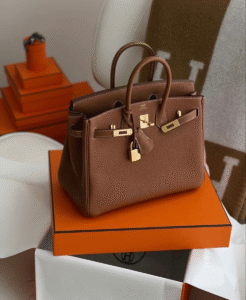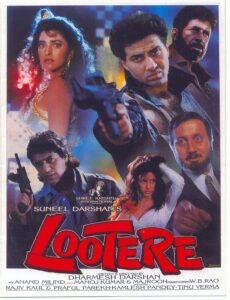This battle started on 17 December 2020 when Amber Kotrri, a UK citizen filed an application to register a series of two marks comprising the words “House of Zana” stylized in class 25 of trademark classification.

However, this trademark application was soon met with opposition by clothing giant Inditex, the rightful owner of the fast fashion brand Zara. The Spanish fashion retailer took action against a Darlington boutique claiming that the boutique name was confusingly similar to Zara’s name and diluted the distinctiveness and reputation of the brand. The owners of the Spanish Grand filed an opposition with the United Kingdom intellectual property office alleging contravention of sections 5(2)(b) and 5(3) of the trade marks act 1994.
House of Zana
The boutique was founded in November 2019 by its owner Amber Kotrri as a concept store. She named the store “Zana” which in Albania translates to “fairy” as a homage to the land where the clothes are manufactured. In addition, the boutique also houses more than 20 local emerging independent brands. The House of Zana offers a beautiful collection of handmade Kimonos as well as many exclusive pieces. It promotes local and international emerging brands and boasts sustainable values by providing organic and handmade items.
A year later Amber applied for a UK trade mark consisting of two in a series application no. 3569173 in class 25 for clothing.
Zara’s opposition

The owners of Zara relied on UK Trademark registrations as well as a claim for the likelihood of confusion. The Spanish brand argued that “House of Zana” would “bring to mind” the brand’s Zara mark. As a result they demanded protection against “unfair advantage by free-riding on the coattails of the reputation of the Zara trademark benefiting from its power of attraction and giving attention and marketing by virtue of marketing efforts.”
Another claim suggested a detriment to the reputation and distinctive character of this Zara trademark. it was claimed that it would lead to a “dispersion of the captivation and hold in the public’s mind” of the Zara mark.
Furthermore, the counsel for the Spanish retailer stressed the difference b/w, Zara and Zana, to be a mere “brush mark”.
JUDGEMENT
The hearing officer, Matthew Williams listed a number of tests, which are as follows:
- Take the global view of the likelihood of confusion
- judge the matter through the eyes of a reasonably well-informed customer
- consider that the trademarks are perceived as a whole, rather than being strictly analysed
- consider the overall Impressions of the visual, aural and conceptual similarities
- consider that the confusion is more likely where the earlier trade mark has a highly distinctive character per se or through use
The emphasis of the trademark battle was on the likelihood of confusion and unfair advantage.
Likelihood of Confusion
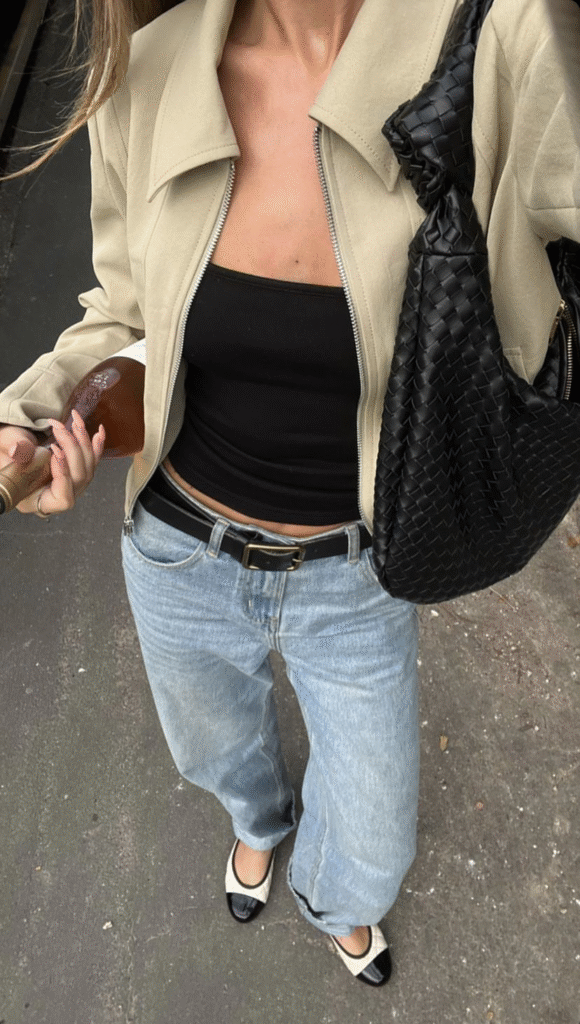
While making a decision the hearing officer considered the following points i.e. The goods in issue are identical, the average consumer of clothing is the public at large, clothing is an item of regular purchase, & the trademarks Zara has a reputation.
However “no mental link” could be established between the two competing brands. The hearing officer cited that although the words “house of” are in frequent use and have a low degree of distinctiveness “they are far from negligible and are not to be ignored and while “ZANA” is much the distinctive component the trio of words forms a unit that is more substantial than the four-letter third word alone.”
The officer highlighted the visible difference between the marks as well as the conceptual meaning behind the words Zara and Zana, with the former being the name of a well-known girl and the latter meaning a fairy.
It was also pointed out that the term “house of” was significant and introduced a conceptual overlay to the applied-for mark that is absent from the Spanish retailers’ trademark.
Unfair Advantage
Finally, the officer rejected the Spanish retailers’ claim that the mark House of Zana takes unfair advantage of or is detrimental to the undisputed distinctive character or reputation of the earlier Trademark Zara.
The court could not find any mal-intention on the part of the applicant to free ride on the coattails of Zara’s reputation, based on the sincerity behind her Albanian roots. The court also pointed out that the mental link between the two brand names was very “insubstantial and fleeting to result in a transfer of image and an exploitation of the reputation” of the Spanish retailer’s brand name Zara.
INDIAN PERSPECTIVE
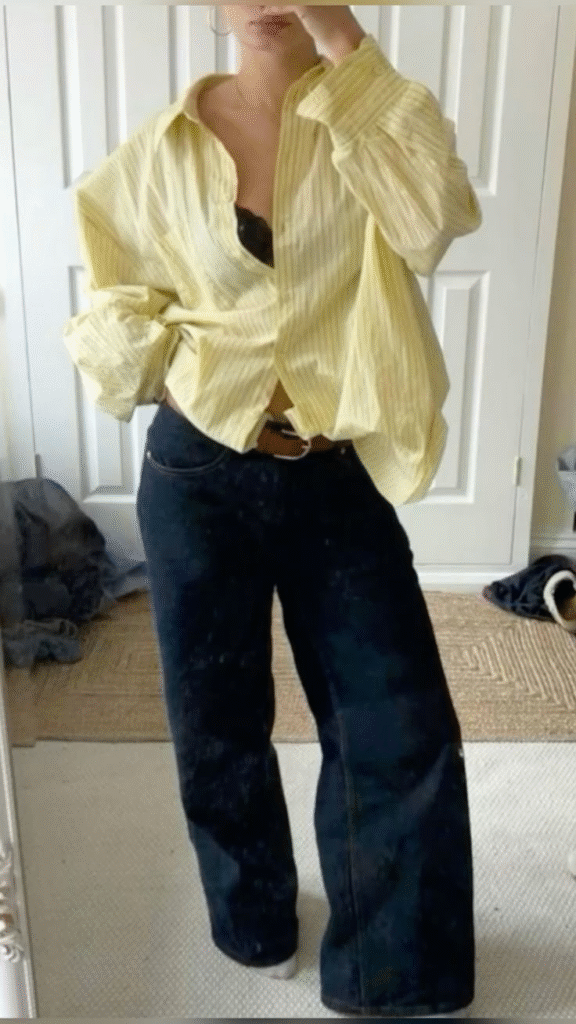
It must be noted that recently Delhi High Court also witnessed a similar instance of battling trademarks with a small difference i.e. the case of Cook Studio versus Coke Studio. The lawsuit was filed by food blogger Nikhil Chawala, the founder of Cook Studio against Coke Studio seeking a declaration as the rightful owner of the Cook Studio brand name while the latter had been urging him to rename his brand.
Ld. Justice Pratibha M Singh referred the matter to mediation before the high court mediation and conciliation Centre for resolution, and the parties have now successfully reached a settlement. Accordingly, Mr Chawla has agreed to adopt the mark ‘Cook Pro 6’ for his channels and platforms and is required to abandon the use of the impugned mark by November 30 as per the agreement.
Another similar case which was highlighted before the Delhi High Court was regarding two competing premium bakery outlets i.e. Theos & Theobroma. The matter was of at most importance as the respective outlets both dealt with identical goods and services and had common starting syllables i.e. “Theo” in their brand names.
The matter started before the Bombay High Court in 2015 when Theobroma foods Private Limited filed a Suit against Mr Karan Narula the director at Theos food Private Limited seeking an injunction from using the marks which would be counted as variants or derivatives of “Theobroma” including words such as “theos” and “theo” etc.
However, currently the suit is still pending before the Bombay High Court and no decision has been taken in favour of Theobroma neither any other interim reliefs have been granted.
In 2021 Theos Foods Private Limited retaliated by filing a suit seeking a decree of permanent injunction from Trademark infringement, passing off, action unfair competition, dilution, blurring damages, rendition of accounts, and delivery up against Theobroma foods Private Limited before the Delhi High Court.

Hon’ble Justice Pratibha M Singh Granted an opportunity to the parties for an amicable settlement before adjudicating on the merits of the case. The court made a note of the suit filed by the defendants before the Bombay High Court. It was noted that the use of the Mark “Theobroma” was the main cause of action between the two parties before the Bombay High Court however the current matter was with respect to the mark “Theos”.
The parties are able to arrive at an amicable settlement. The petitioner recognised and acknowledged Theobroma as the owner and proprietor of the mark “Theobroma” and agreed to abstain from using the same with respect to any of their products of its manufacture or sale or any other services.
The respondent’s Theobroma also agreed to the petitioner’s use of the mark Theos or Theo’s with respect to their good and services as well as part of its trading style name i.e. Theos Food Private Limited and Theos Patisserie & Chocolaterie under the condition that Theos will restrict its business activities to the Delhi NCR region, including online sales or other physical commercial activities. Hence geographically restricting their usage of the mark “Theos or Theo’s”.
Finally, the respondent was also allowed to restrict its use of the mark “Theos o r Theo’s” for some Limited amount of food items offered by Theobroma.
Accordingly, the battle between the two parties came to an end.
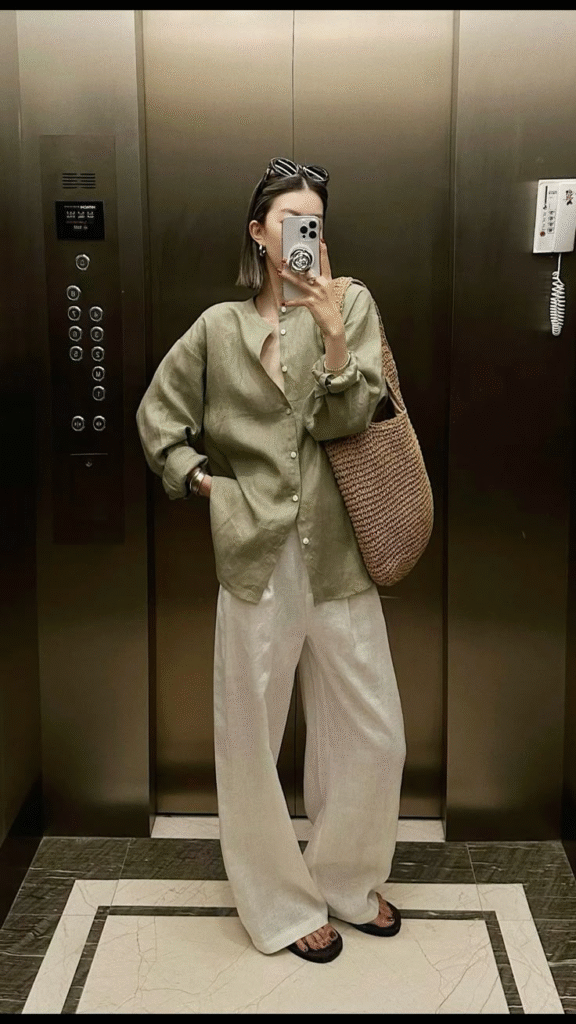
Even though in the above-mentioned recent cases the matters were resolved through settlement Indian courts have principally recognised, implemented and upheld the principle rules of Trademark law that rival marks are to be compared as a whole and not broken down into their constituent elements.
A very important test that the above cases rely on is the test of conceptual similarity. The test of conceptual similarity has often been paired with other comparative tests in order to determine the similarity of Rival marks and the likelihood of confusion. The test of conceptual similarity seeks to compare Rival marks in terms of their underlying Idea or concept relying on an average consumer’s ability to be confused or deceived on account of the similarity of the underlying concept.
The supreme court case of Corn Products Refining Company versus Shangri-La Food Products Limited dealt with rival brands GLUVITA and GLUCOVITA for their biscuits containing glucose and vitamins, which is a great example of the same.
However, while considering conceptually similar marks the judgement passed by the Appellate Bench of Hon’ble Delhi High Court in the case of Shreenath Heritage liquor Private Limited versus Allied blenders and distillers Private Limited regarding that Rival brand’s Officer’s Choice vs Collector’s choice is equally important.

In this matter, while the court noted that the marks were phonetically different, it conducted a detailed examination of the meaning of semantics through hypernyms, synonyms and antonyms. It expressed that by conducting such research it would be able “To conclude whether the marks containing words with the same sense relation (or falling in the same semantic field, or conveying the same or similar idea in the mind) as that of previously existing marks are likely to be considered so similar as to be refused registration or Deemed to constitute an infringement of the previously existing trademark.”
The semantic examination between the words officer and collector concluded that the word collector is a hyponym of the word officer as both of these words indicate a person holding an office of authorities and hence are similar. The court then proceeded to examine whether the brand names in question were deceptively similar by examining the concept of association of ideas. It was held that the words were deceptively similar given the nature of goods and services
“As the world of trademark changes brands have quite often relied on their concepts and marketing strategies in order to stand out from their competitors. In this case, even a brush mark of difference can lead to a lot of loss for the parties involved. The House of Zana’s victory over Zara can be summed up to the conceptual difference between the two brands even though both of them dealt with similar goods and services.”



